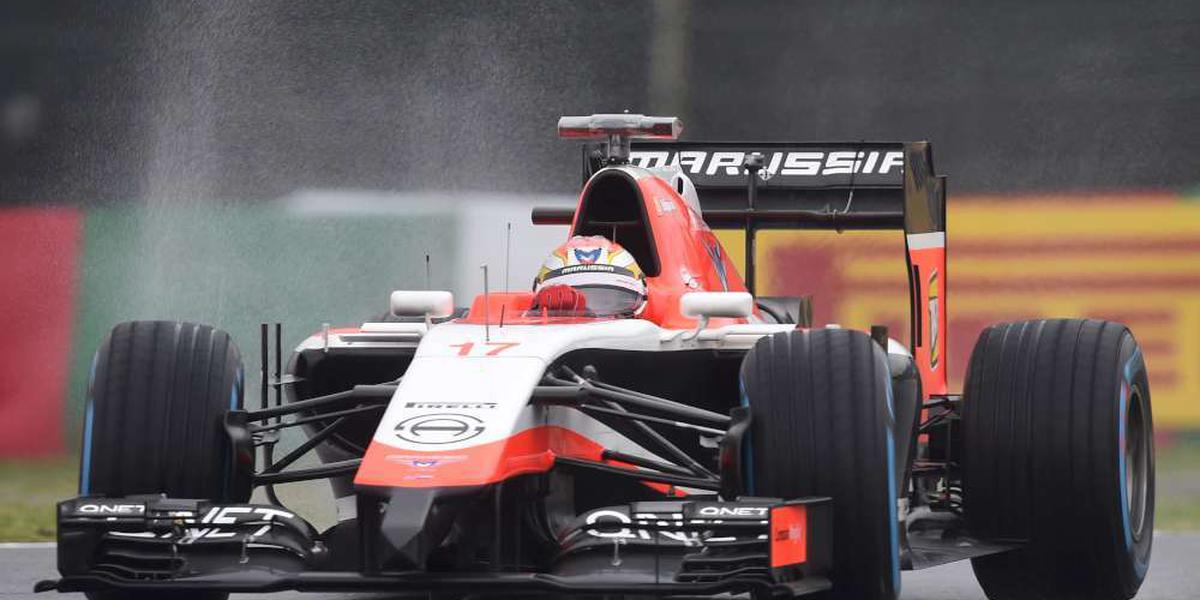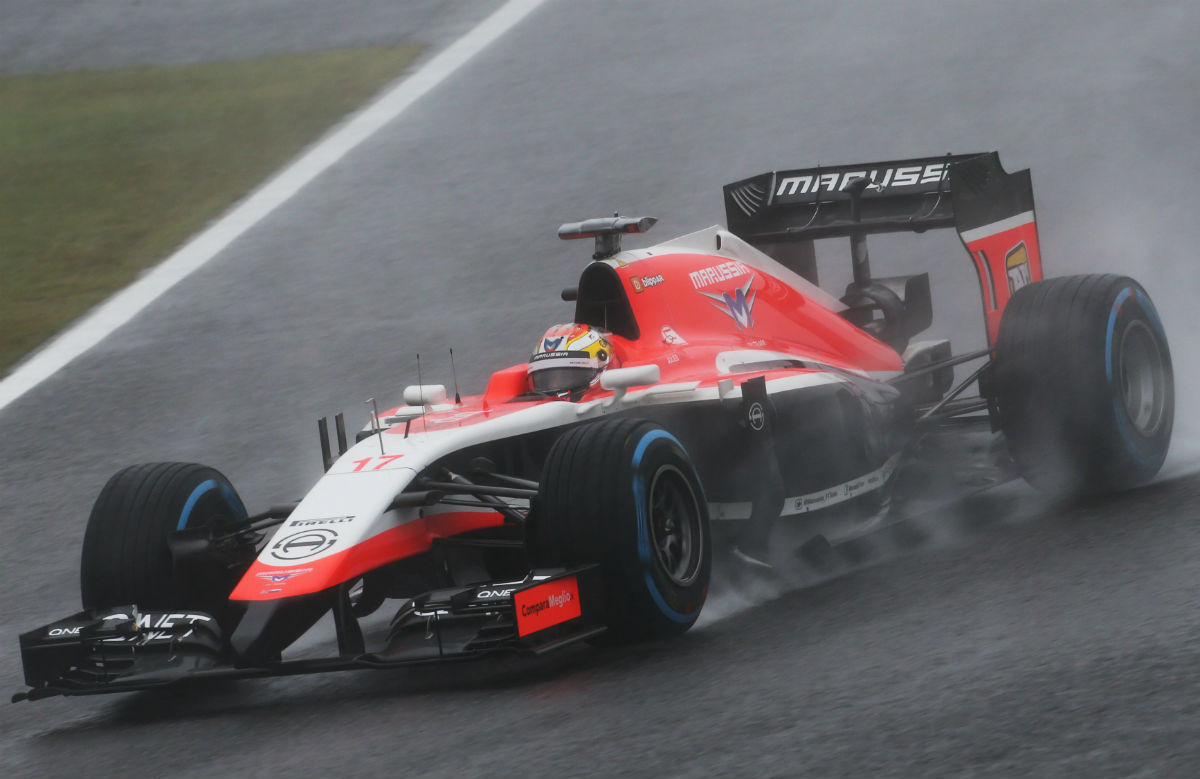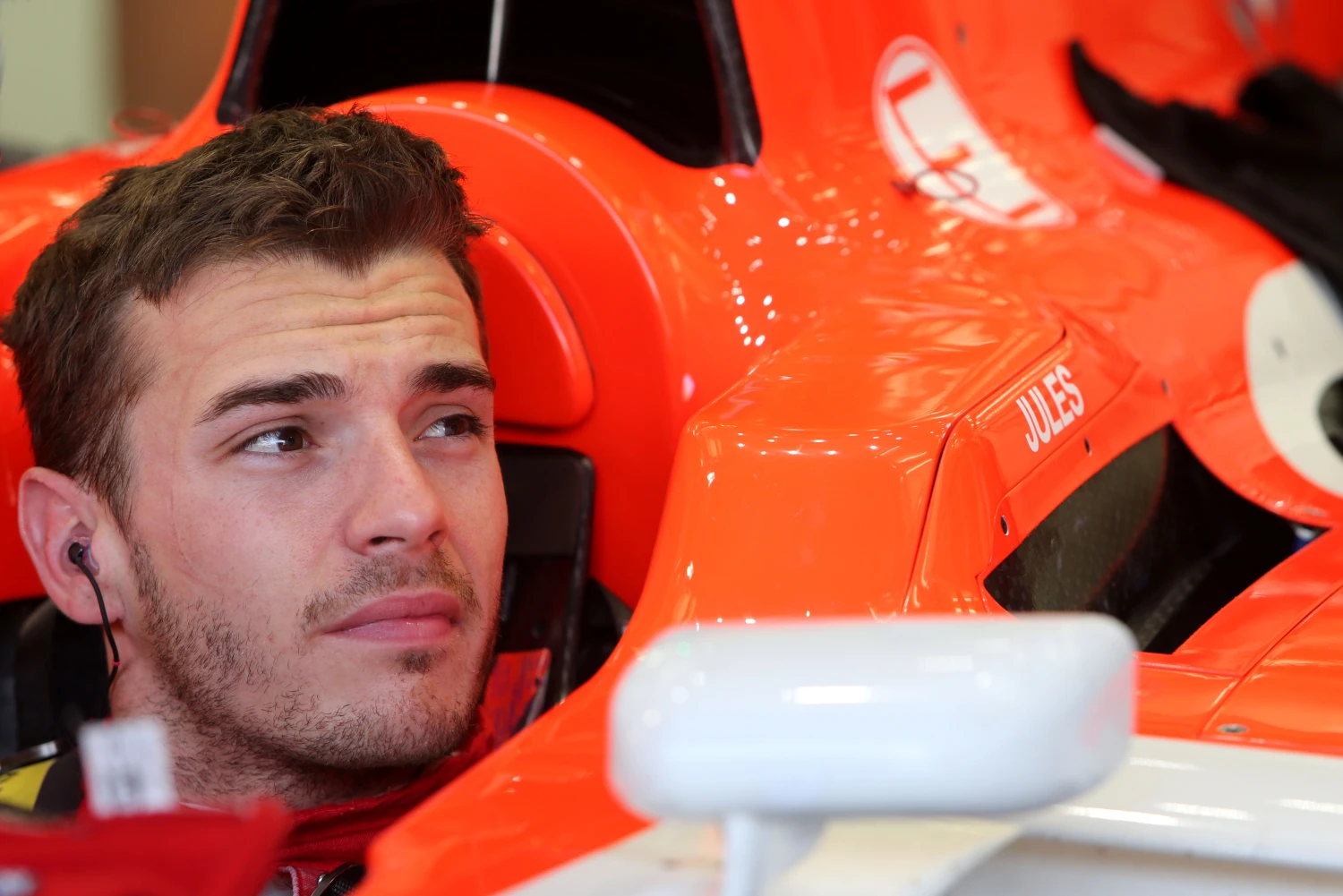I’ve never seen the images again’: Bianchi’s former manager remains moved 10 years on
Lowdon recounts a difficult period after the Frenchman’s accident
Jules Bianchi’s death was significant for several reasons, not least because it came more than 20 years after Ayrton Senna’s last F1 crash. But it also left its mark on those who knew the French driver, such as his then manager at Marussia, Graeme Lowdon.
“I never saw him again, I never saw the TV pictures again. It’s strange the things you remember,” Lowdon told PlanetF1 about that fateful October 5, 2014. “I remember it was much darker in reality than it was on TV, really much darker.”
“The conditions were much worse than it looked. I remember there was no medical helicopter. I remember driving to the hospital. We couldn’t get into the circuit medical center, which isn’t unusual, actually. And I’m not a doctor, so I wasn’t indispensable.”
“I remember driving to the hospital and getting a phone call from Bernie [Ecclestone, former F1 president], because he wasn’t there that weekend, but he wanted to make it very clear very quickly that whatever we needed, we would get.”
“That helped us. At the time, I was also having a lot of discussions with Bernie about the team, as we were trying to find new investors. We could see that there were problems on the horizon with the Russian sponsorship and other things.”
“In this case, the discussion completely flipped, a normal discussion about structuring a team or whatever. Instead, it was about what we needed.”
“I’d already read that, when Bernie was managing teams, he was very affected by certain incidents in his own team. I figured I was talking to a man who had been through this kind of situation before and knew what was important and what wasn’t.”
“I really remember that, and I also remember what happened at the hospital. It’s difficult and… we still had a Formula 1 team to manage. It was back-to-back races with Sochi, and we were going as a Russian team, so the pressure was great in many ways. So yes, it was a big challenge.”
Supporting the injured while saving the team
The man who is now Cadillac F1’s main team remembers the difficulties of keeping going while going to see a driver in critical condition: “It’s having a team member in hospital somewhere. You’re thinking about him.”
“Not all the time, but there’s something there all the time, that’s for sure. We were also trying to save the team. We were trying to ensure our own survival from a professional point of view. So there was a lot going on at the time.”
“We were very encouraged when Jules was flown back to Nice by medical plane. He left Japan and was hospitalized in Nice, which made it easier for us to visit him. One of the things I’m grateful for, I think, is one visit in particular.”
“I went, I used to take an EasyJet flight. You couldn’t get there and back in a day. So I’d fly, stay, visit him, then fly home. That time, I met Jules’ father [Philippe] at the hospital. I remember having a long conversation with him.”
“I don’t want to talk about his condition, because that’s for the family to do, but I would sit down and talk to him about what we were doing as a team, in the hope that somehow it might help, or whatever…. You never know in situations like that.”
“I remember talking to him about the fact that we were racing in 2015, I would have told him what happened at the last race, or whatever,” continues Lowdon, who explains that was the last time he saw Jules Bianchi.
“Then I went home, it takes a while to get all the way back to Northumberland. I came all the way and hadn’t been home long when John [Booth, team CEO] called to tell me that Jules had passed away. I’ve always been grateful for that visit, because at least I’d been able to sit down and say what was going on in the team. You create bonds within the team.”
“Some team members were much closer to Jules than I was. When you run a team, you don’t tend to get too close to the drivers for all sorts of reasons. But I think everyone in the team has connections with, not only the drivers, but also the other team members. Over the years, we’ve run teams.”
“Other people have been injured in certain places or elsewhere. You care about those people because they run your team. So that has an impact, for sure. If you look around this paddock, there are still people wearing the wristbands we gave everyone in 2015.”
Bianchi helped save Marussia
Lowdon tells the anecdote of a bracelet he still wears, in a red color, and on which there is a reference to the points Bianchi had scored in Monaco in 2014. He had asked to do them the following year in the Principality.
“I’m not the only one here. You’ll see a lot of people in the paddock who have them. In Monaco in 2015, Jules was in hospital in Nice, so literally just a few kilometers away. The whole team showed up in Monaco, and the team survived thanks to the points that Jules had played a big part in scoring.”
“So we asked ourselves what to do. We knew the team would be thinking about him. It’s not very far, but it’s not practical for everyone to get there. In the end, we decided to give everyone on the team a bracelet that said ‘Monaco, 2014, P8, JB17’.”
“I know he was ninth in the standings, but that was due to the strange regulations at the time; on the track, he was eighth. We gave that to everyone, and it means that, if you’re a mechanic and you’re working on the car, you don’t have to make a big gesture or anything. You can look at your wrist and say ‘yes, we remember him’.”
“We knew that if Jules knew what was going on, he’d want the team to succeed moving forward and everything, and he wouldn’t want everyone thinking about things. It helped everyone remember, when they wanted to, that he was always in our thoughts. He’s not far away; we run partly for him. He’s the one who made it all possible with his contribution.”
Article Source : https://motorsport.nextgen-auto.com/fr/formule-1/je-n-ai-jamais-revu-les-images-l-ancien-directeur-de-bianchi-reste-emu-10-ans,201069.html




